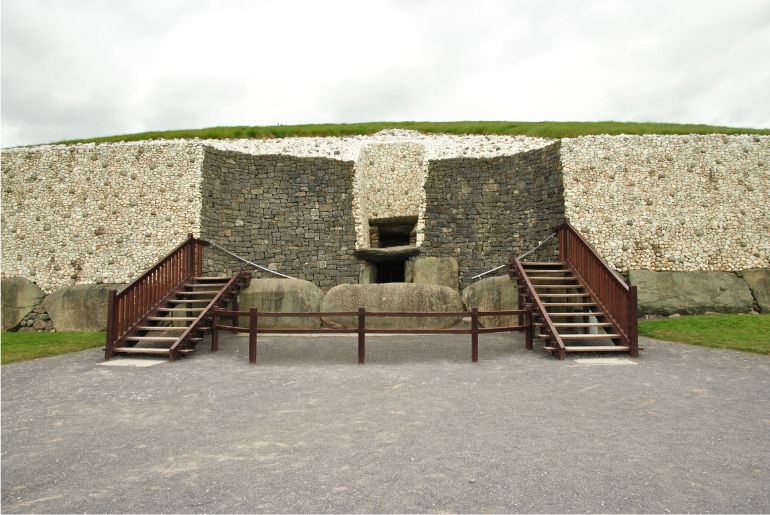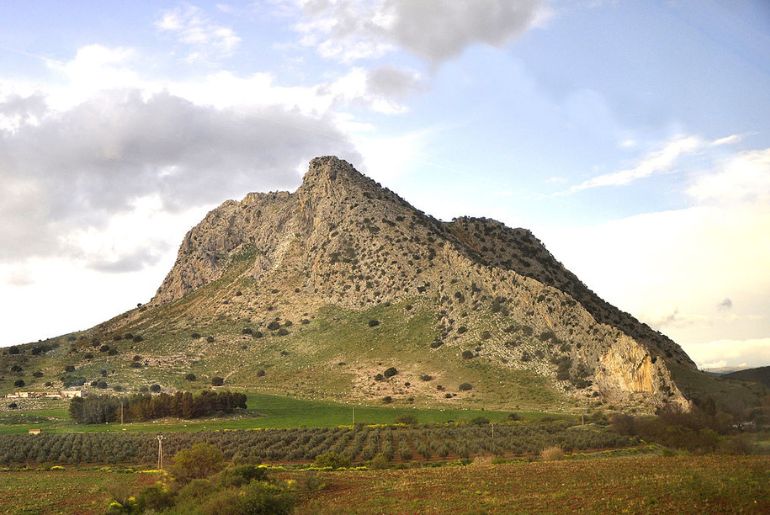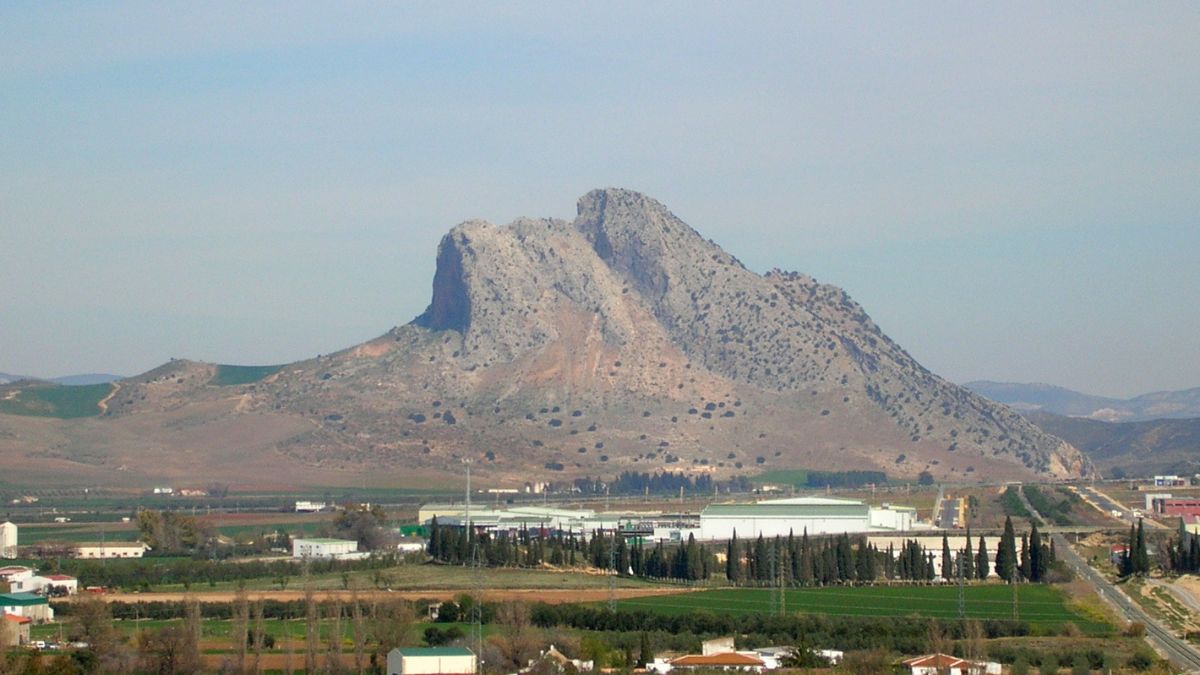Recently, a group of archaeologists discovered a tomb that is 5,400 years old. The tomb was discovered in Spain and it has revealed a lot of interesting information about the people who must have inhabited the place so long ago. One of the most striking features of the tomb is that it was cleverly constructed so that the sunlight would filter in only on the summer solstice. Here are some important facts that the tomb reveals.
Some Important Facts That The Tomb In Spain Revealed

- The construction of the tomb reveals that the sun played an integral role in the lives and beliefs of the people who built it. This is because the tomb is constructed such that the sunlight is filtered in on the summer solstice.
- The tomb is also built similarly to the one discovered in Newgrange, Ireland. This means that the two civilizations had similar beliefs about the afterlife.
- The tomb was found near a prominent natural rock formation called Pena de Los Enamorados. This means that the peak was culturally significant to the people.
- Archaeologists also believed that some rocks placed inside the tomb were painted and engraved, indicating that they could have been religiously significant.
- It is also believed that the tomb was used as a burial site for more than 1,000 years and has witnessed three major phases of use.
- Pieces of pottery were found along with human remains. Archaeologists are trying to analyse the remains of the pottery to find out what they could have contained. This could reveal more important information about the cultural beliefs about the afterlife.
Also Read: More Than 1000 Years Old, China’s Guyaju Caves Has Over 350 Stone Rooms & Mystery Intact
About Pena de Los Enamorados

Pena de Los Enamorados means ‘lovers’ rock’ or ‘mountain of lovers’. It is named after the legend of two lovers who committed suicide by jumping off the cliff. The mountain itself is very interesting because it looks like the head of a sleeping giant.
The tomb was discovered in the ‘neck’ region of the giant. It was aligned in such a way that indicated that the cliff played a culturally important role in the lives of the people who lived there. The tomb was discovered by Garcia Sanjuan and his team.
Also Read: London’s 200-Year-Old Pub The Ship Is Back After Being “Permanently Shut” For Over 5 Months
What do you think about this fascinating archaeological discovery? Let us know in the comments below!
Cover Image Credits: Wikimedia Commons
First Published: May 16, 2023 1:21 PM



